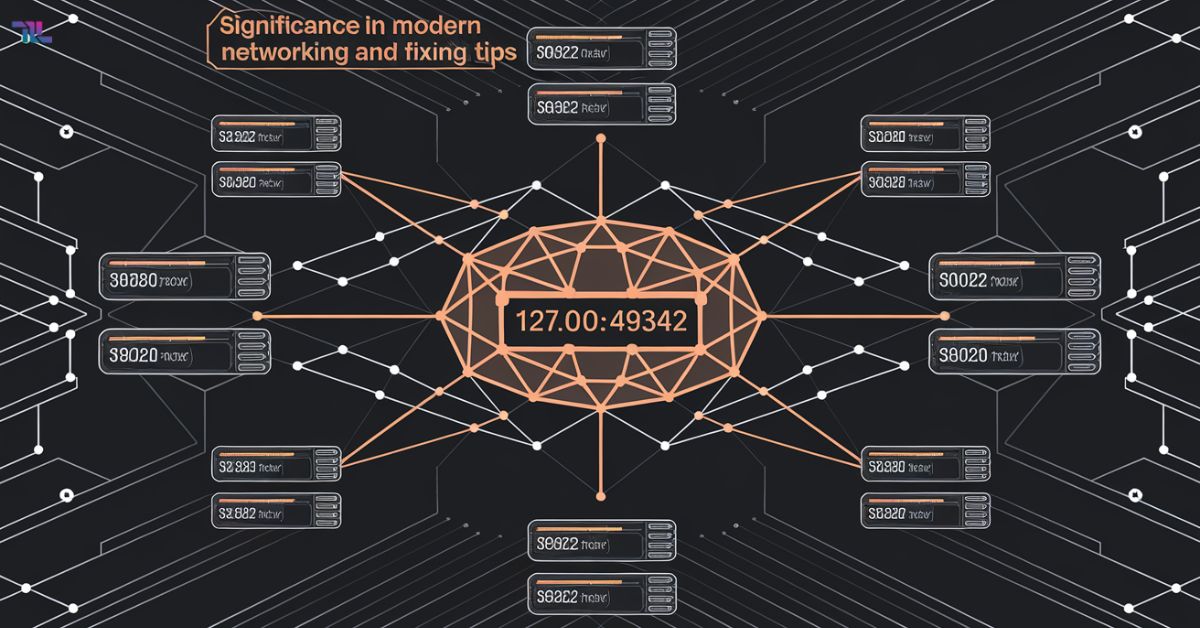In the simplest terms, 127.0.0.1:49342 is like your computer talking to itself. The first part (127.0.0.1) is a special address that always means “this computer,” while 49342 is just a specific door number where data goes in and out. Think of it as your computer having a private conversation with itself through a numbered mailbox.
Ever wondered why your computer talks to itself? The mysterious address 127.0.0.1:49342 isn’t just a random string of numbers – it’s your computer’s way of having an internal conversation. Whether you’re a developer testing new applications or a network administrator troubleshooting connectivity issues, understanding this local connection point could be the key to unlocking smoother, more secure network operations.
The address 127.0.0.1:49342 is like a special home address for your computer, where 127.0.0.1 points to your own device and 49342 is a specific door number used by programs to talk to each other. This local address helps developers test their applications safely without connecting to the internet, making it easier to find and fix problems. When you see this address, it usually means a program is trying to communicate with another program on your computer, which is common during software development and testing.
Understanding Localhost And Port 49342
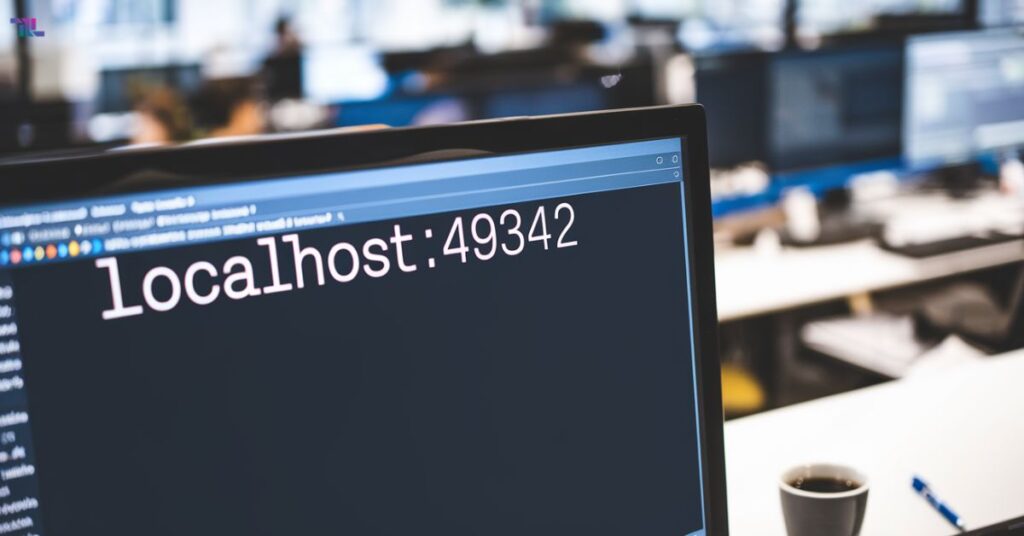
Localhost is a fundamental concept in computer networking. It represents the local computer used to access network services running on the same machine. The IP address 127.0.0.1 is a special reserved address that always refers to the current device. Ports are virtual points where network connections start and end.
Port 49342 is a specific high-numbered port often used by various applications for unique network communications. Unlike well-known ports like 80 or 443, this port represents a more specialized communication channel. Developers and network administrators frequently encounter this port during software development and network troubleshooting.
Illustrating 127.0.0.1:49342
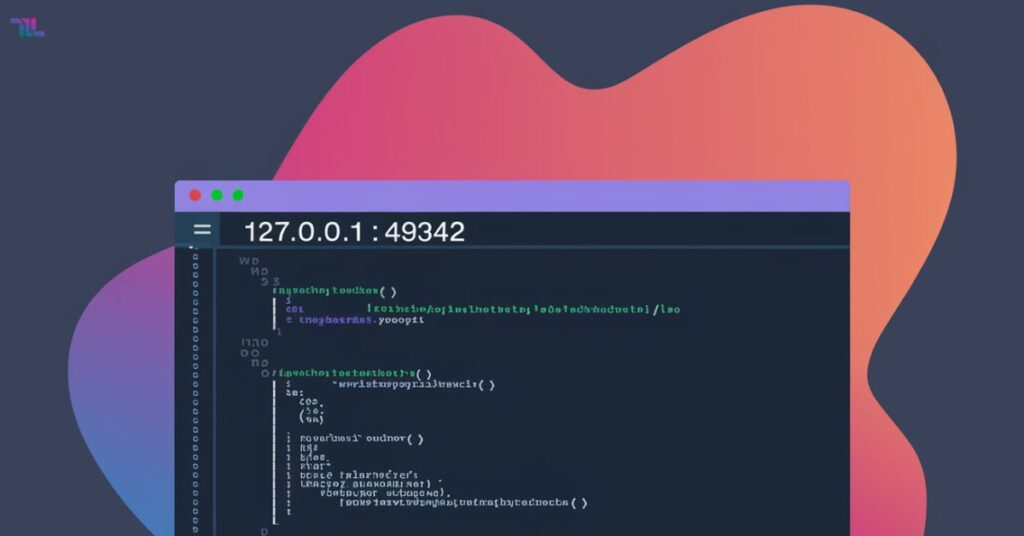
Think of 127.0.0.1:49342 like your computer’s home address and apartment number. The 127.0.0.1 part is like saying “my house” – it always means your own computer, no matter what. The 49342 part is like a specific apartment number, telling programs exactly where to find each other on your computer.
When developers build apps, they often use this address for testing. It’s like having a practice room in your own house where you can try things without bothering anyone else. If something goes wrong, it only affects your computer, making it a safe place to experiment with new software or websites.
This special address helps programs on your computer talk to each other. Like having a private mailbox inside your house, it keeps these conversations private and secure. Developers use it daily to make sure their programs work correctly before sharing them with others on the internet.
Key Characteristics Of Localhost Networking
- Enables local application communication
- Provides a secure testing environment
- Supports development and debugging processes
- Allows isolated network service testing
Importance Of Port 49342
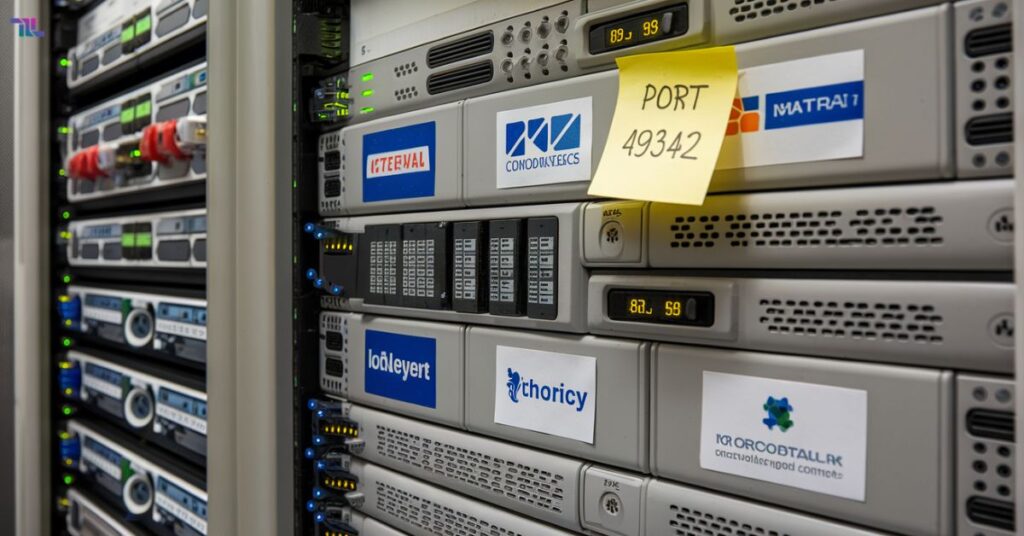
Ports in the range of 49342 are typically used for:
- Custom application services
- Development environment configurations
- Temporary network service allocations
- Specialized software communication channels
Why Port 49342 Matters
- Offers flexibility in network configuration
- Supports unique application requirements
- Provides a dedicated communication pathway
- Enables isolated service management
Security Implications
When we talk about security on localhost (127.0.0.1), it’s like having a private room in your house. Even though it’s private, you still need to lock your doors and windows to stay safe. Just because it’s local doesn’t mean we can ignore basic security steps.
Many developers think localhost is completely safe, but that’s not always true. Bad software or viruses on your computer can still try to use these local connections. It’s like having an unwanted guest in your house who tries to peek into your private room through the keyhole.
The best way to stay safe is to treat your localhost like any other network connection. Always use strong passwords, keep your firewall turned on, and regularly check what programs are using your ports. Think of it like doing a security check of your house – you want to know who’s coming in and going out.
Security Best Practices
- Regularly update firewall settings
- Monitor local network traffic
- Implement strong authentication mechanisms
- Limit unnecessary port exposures
- Use encryption for sensitive communications
Read This Blog:Google Table Drum Base: Create Unique, Stylish Furniture
Steps To Execute Localhost Functions
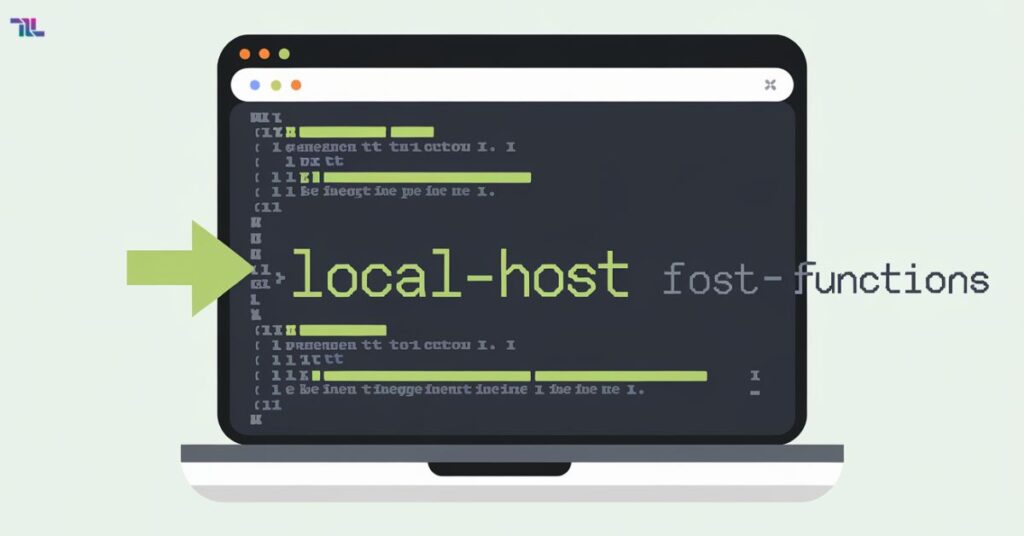
First, you need to open your command prompt or terminal on your computer. Type “localhost” followed by the port number you want to use, like 127.0.0.1:49342. Make sure your computer is ready and running the right software before you start connecting to localhost.
Next, check if the port you want to use is free and not being used by other programs. You can do this by running simple commands like “netstat” to see what ports are active. If you find the port is already in use, pick a different port number that’s free.
Finally, test your localhost connection by trying to access it through your web browser or application. If everything is set up correctly, you should see your local service running. If you get any errors, double-check your port settings and make sure your firewall isn’t blocking the connection.
Connecting To Localhost
- Identify the specific service
- Verify port availability
- Configure network settings
- Establish secure connection
- Monitor network performance
Network Configuration Techniques
- Use command-line interface tools
- Leverage network management software
- Implement comprehensive monitoring systems
- Create robust error handling mechanisms
How To Solve Common Issues
When your localhost connection isn’t working, first check if your service is actually running. Sometimes the problem is as simple as a program not being started properly. You can open Task Manager to see if the service appears in the list of running processes.
The next common issue is firewall blocks, which happen when your security settings are too strict. Try temporarily disabling your firewall to test if that’s the problem. Once you confirm it’s a firewall issue, you can add an exception rule instead of leaving it disabled.
Port conflicts are another frequent headache that occurs when two programs try to use port 49342 at once. You can use the command prompt and type “netstat -ano” to see what’s using the port. After finding the conflicting program, you can either close it or configure your service to use a different port.
Diagnostic Approaches
- Check port availability
- Verify service configurations
- Analyze network logs
- Investigate potential conflicts
Frequently asked Questions (FAQ’s)
Q1: What Does 127.0.0.1:49342 Represent?
A: It represents a specific local network communication endpoint on the current machine.
Q2: How Do I Check Port Availability?
A: Use network diagnostic tools like netstat or specialized port scanning utilities.
Q3: Can Multiple Services Use The Same Port?
A: No, each service requires a unique port allocation to prevent conflicts.
Q4: Is 127.0.0.1 Completely Secure?
A: While inherently secure, proper configuration and monitoring are essential.
Q5: How Can I Troubleshoot Port Issues?
A: Use network diagnostic tools, check firewall settings, and verify application configurations.
Conclusion
Understanding 127.0.0.1:49342 requires a comprehensive approach to local networking. By recognizing its significance, implementing robust security measures, and maintaining vigilant monitoring, network professionals can effectively manage local service communications.
The complex world of localhost networking continues to evolve. Staying informed about emerging technologies, security practices, and diagnostic techniques ensures optimal network performance and reliability.
Networking professionals must approach localhost configurations with a blend of technical expertise, strategic thinking, and continuous learning. The journey of mastering local network communications is ongoing, demanding adaptability and persistent skill development.
